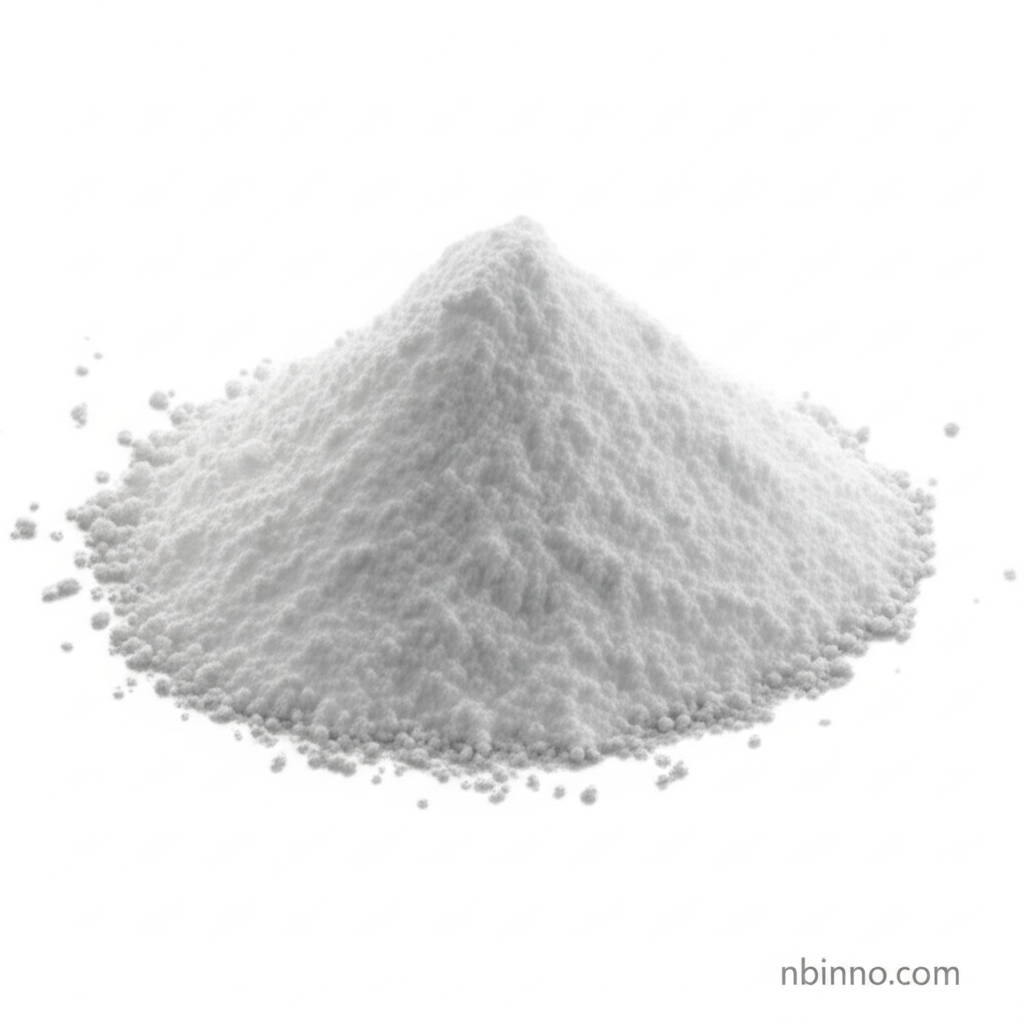4-Bromo-5-chloro-2-methylaniline: A Key Intermediate for Dyes, Pigments, and Specialty Chemicals
Discover the properties and applications of this vital chemical building block for various industrial needs.
Get a Quote & SampleProduct Core Value

4-Bromo-5-chloro-2-methylaniline
This compound serves as a crucial intermediate in the synthesis of complex organic molecules, particularly in the realm of dyes and pigments. Its unique halogenated aniline structure makes it invaluable for imparting specific coloristic properties and enhancing the stability of final products. We offer this chemical intermediate with a commitment to quality and consistent supply.
- Explore the uses of 4-Bromo-5-chloro-2-methylaniline in the production of vibrant and durable dyes.
- Understand the role of CAS 30273-47-3 as a foundational block in complex organic synthesis.
- Source high-quality chemical intermediates for your manufacturing needs.
- Learn about the synthesis of this key chemical intermediate to ensure product integrity.
Advantages Offered
Versatile Chemical Intermediate
As a versatile chemical intermediate, 4-Bromo-5-chloro-2-methylaniline is instrumental in various industrial applications, offering broad utility in chemical manufacturing.
Enhanced Product Stability
The chemical structure of this compound contributes to the enhanced stability of end products like dyes and pigments, ensuring longevity and performance.
Reliable Sourcing
We ensure a reliable supply of this critical chemical intermediate, supporting consistent production schedules for our clients. Understanding the buy 4-Bromo-5-chloro-2-methylaniline process is streamlined with our dedicated support.
Key Applications
Dye Manufacturing
The compound is integral to the synthesis of various dyes, providing essential structural components for color development and fastness properties.
Pigment Production
Its application extends to the creation of high-performance pigments, where its properties contribute to vibrant hues and excellent durability.
Specialty Chemicals
As a key building block in organic synthesis, it finds use in the production of other specialty chemicals requiring its unique halogenated aromatic structure.
Research and Development
This chemical intermediate is also valuable in R&D settings for exploring new synthetic pathways and material properties.
